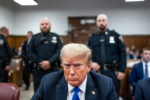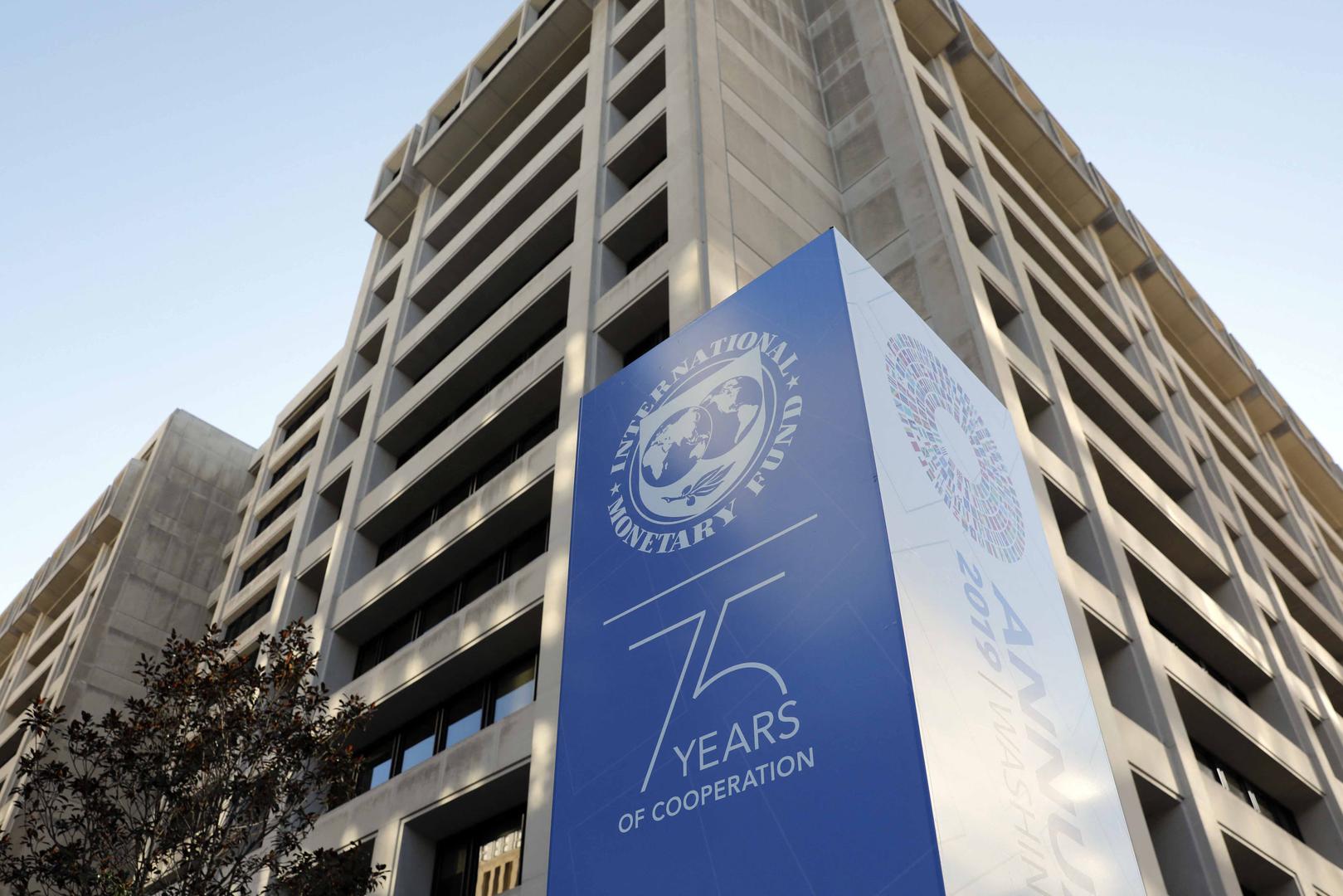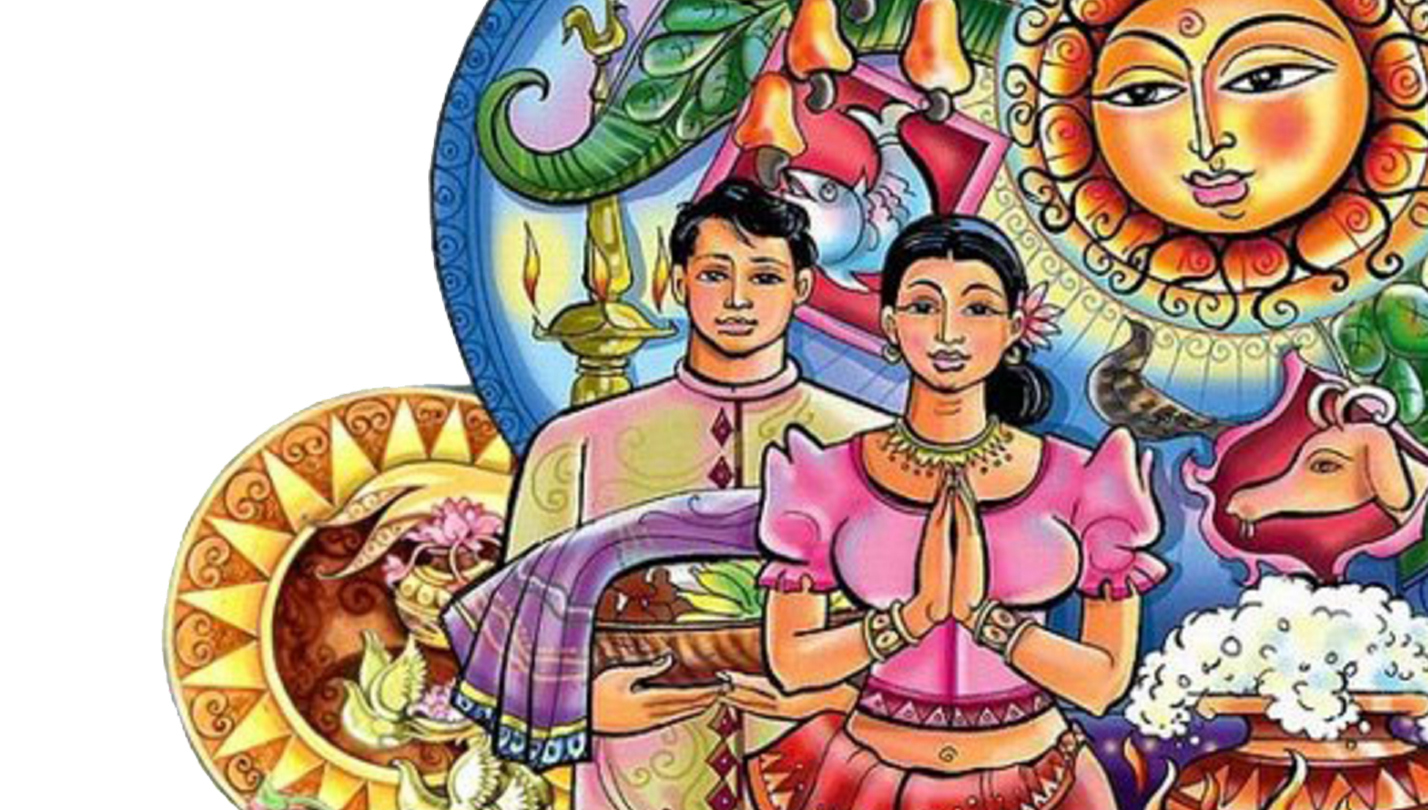Pope Francis: The No-Frills Pontiff Who Changed the Church

When Jorge Mario Bergoglio stepped out onto the balcony of St. Peter’s Basilica on March 13, 2013, few could have predicted just how transformative his papacy would be. Clad simply in white and choosing the name “Francis” after the humble saint from Assisi, he signaled from the start that his reign would depart from the traditional pomp and grandeur of his predecessors. And indeed, Pope Francis became a pontiff of many firsts, and one of lasting impact.
A Pope of Firsts
Francis was the first pope from the Americas, the first from the Southern Hemisphere, and the first Jesuit to lead the Roman Catholic Church a remarkable break with centuries of European dominance. Not since Syrian-born Gregory III died in 741 had a non-European sat on the throne of St. Peter.
His election followed the unprecedented resignation of Pope Benedict XVI, the first pope in nearly 600 years to retire voluntarily. For nearly a decade, the Vatican hosted two popes—one active, one emeritus.
At the time of his election, Cardinal Bergoglio was already in his seventies, a compromise choice between conservative and reformist factions. He appealed to traditionalists with his firm stance on social teachings but won reformists with his concern for the marginalized and his commitment to social justice.
A Different Kind of Pope
From his first moments as pope, Francis broke convention. He greeted cardinals standing rather than seated on the papal throne. He rejected the luxurious papal apartments in favor of a modest guesthouse. He chose simplicity and humility as hallmarks of his leadership—riding buses with other clergy, flying economy class, and donning plain clerical attire over ceremonial robes.
His message to the Church was clear: “Oh, how I would like a poor Church, and for the poor.”
The Man Behind the Miter
Born on December 17, 1936, in Buenos Aires to Italian immigrants, Bergoglio was the eldest of five children. He enjoyed tango, supported his local football team, and survived a life-threatening bout of pneumonia as a young man that led to the removal of part of a lung—health complications that followed him into old age.
Before joining the Jesuits, Bergoglio worked as a nightclub bouncer and floor sweeper. He studied chemistry and later philosophy, taught literature and psychology, and was ordained in 1969. By 1973, he was provincial superior of the Jesuits in Argentina.
Controversies and Complications
His role during Argentina’s military dictatorship has remained controversial. Some critics accused him of not doing enough to protect priests and parishioners targeted by the regime. Bergoglio always denied any wrongdoing, claiming he had worked discreetly to help those in danger.
Even within the Jesuit community, he was a divisive figure. His preference for pastoral care over the radical political dimensions of liberation theology alienated some of his peers. When he failed to become pope in the 2005 conclave, many Jesuits were relieved.
A Traditionalist in Doctrine
While progressive in tone, Francis remained a doctrinal traditionalist. He upheld Church teachings on abortion, euthanasia, celibacy, and contraception. Though he emphasized compassion and inclusion—especially toward LGBTQ+ Catholics—he maintained that marriage should be reserved for heterosexual couples.
He resisted the ordination of women and participated in anti-abortion demonstrations. His messages often balanced empathy with orthodoxy, walking a tightrope between reform and tradition.
Grappling with Scandal
One of the greatest challenges of his papacy was addressing the Church’s long history of clerical sexual abuse. Critics argued that he moved too slowly and was at times defensive.
The scandal erupted into a full-blown crisis in 2018 when Archbishop Carlo Maria Viganò accused Francis of ignoring warnings about disgraced Cardinal Theodore McCarrick. Viganò even called for the Pope’s resignation. McCarrick was ultimately defrocked, but the incident left a stain on Francis’s record.
A Global Voice for Peace and Justice
Francis used his platform to promote dialogue across religious and political divides. He reached out to Eastern Orthodox leaders, prayed with Israeli and Palestinian presidents, and condemned the identification of Islam with terrorism.
He also became a diplomatic bridge between the United States and Cuba and was an outspoken critic of economic inequality. “We live in the most unequal part of the world,” he said of Latin America. “It has grown the most, yet reduced misery the least.”
During the COVID-19 pandemic, he showed moral leadership by supporting vaccination, even calling it a “universal obligation.”
A Legacy of Change
Despite opposition from conservative factions, Francis forged ahead with reform. He reshaped the College of Cardinals, appointing over 140 new cardinals—many from non-European countries—thus globalizing the Church’s leadership.
He didn’t just preach humility; he lived it. By refusing the Apostolic Palace and choosing a modest Vatican residence, he sent a powerful message about vanity and excess. “Look at the peacock,” he once quipped. “It’s beautiful if you look at it from the front. But if you look at it from behind, you discover the truth.”
In March 2025, after weeks of battling pneumonia, Francis made his final public appearance on Easter Sunday, waving from the balcony of St. Peter’s one last time. It was a poignant farewell from a pope who had never feared vulnerability, who believed in a wounded Church that walks the streets rather than one locked away in grandeur.
The Enduring Impact
Some will argue he did not go far enough in confronting abuse or liberalizing doctrine. But few can deny that he left the Church more inclusive, globally aware, and connected to the people than when he found it.
He once said, “If I had to choose between a wounded Church that goes out onto the streets and a sick, withdrawn Church, I would choose the first.”
And that is exactly what he chose.






